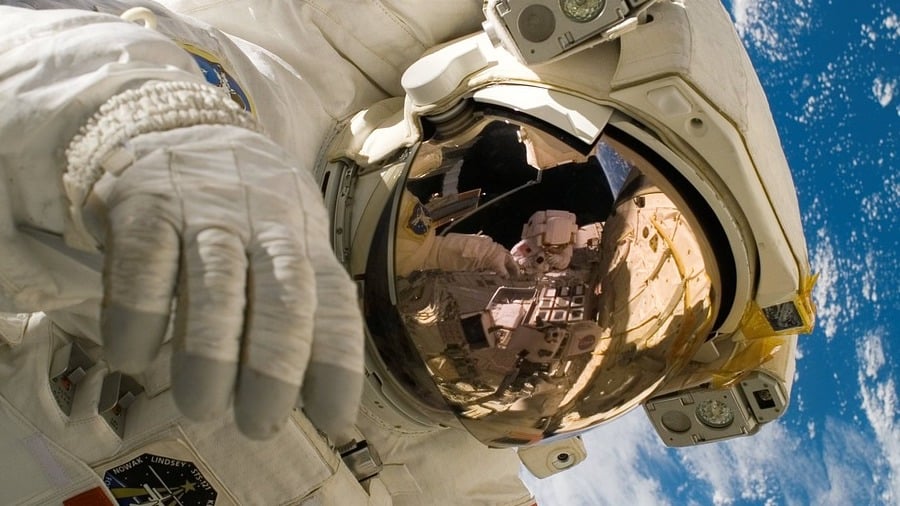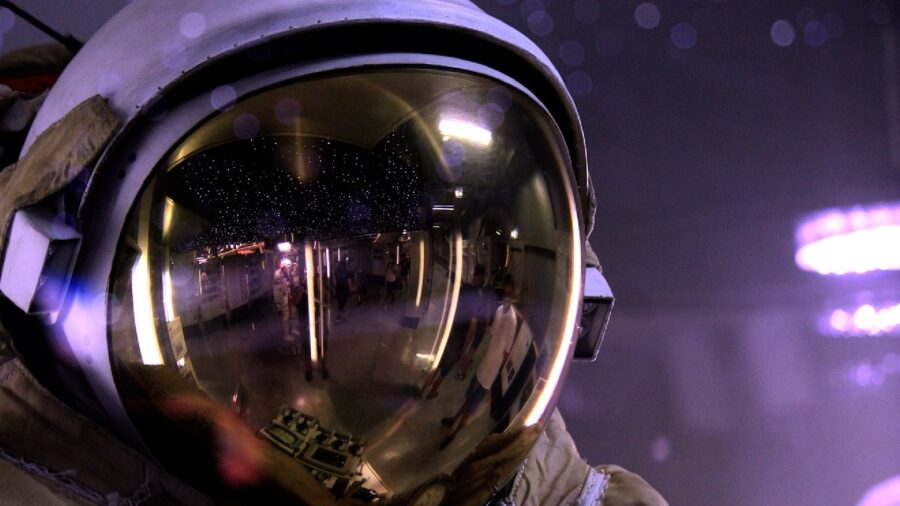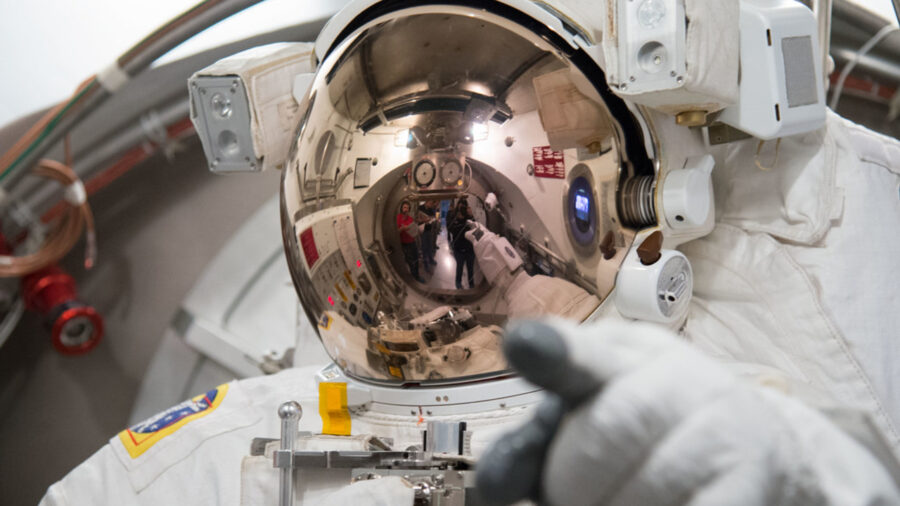Polaris Dawn Attempts Farthest Human Spaceflight Since Apollo Mission

SpaceX is gearing up to launch four private astronauts further into space than any launch since the Apollo missions. The mission, dubbed Polaris Dawn, was originally set to launch on Tuesday, August 27, but is now delayed until at least August 30 due to a helium leak and poor weather conditions. But, if everything shapes up by then, it’ll be interesting to see this historic launch happen.
Spacewalk History

Along with taking a long flight, the crew of the Polaris Dawn will also take part in the first commercial spacewalk in history. The mission will launch from the SpaceX Launch Complex-39A at NASA’s Kennedy Space Center, the same launch pad that Apollo 17 lifted off from back in 1972. Billionaire Jared Isaacman is funding the mission, and he hopes to fund a total of three missions for his “Polaris Program.”
Pushing Space Exploration Forward

Polaris Dawn is the second mission Isaacman has funded. The first made history by being the first all-civilian spaceflight, Inspiration4, in 2021.
While the Polaris missions are attempting to advance human space exploration, they also have philanthropic goals. Like Inspiration4, the Polaris missions will raise money to support St. Jude Children’s Research Hospital.
Millions Raised For Charity

Inspiration4 was able to bring in $250 million in donations for St. Jude Children’s Research Hospital, and, presumably, the Polaris Dawn mission and its successors will be able to recreate this success. Along with funding the mission, Isaacman is also on board the mission, serving as its mission commander. Retired United States Air Force (USAF) Lieutenant Colonel Scott “Kidd” Poteet will serve as the mission’s pilot.
Rounding out the Polaris Dawn crew are Sarah Gillis and Anna Menon, both SpaceX employees who will serve as mission specialists on the flight. The Polaris mission will use a SpaceX Crew Dragon capsule, which will be launched into an elliptical orbit and fly about 745 miles into space. After the capsule orbits a few times, it will fly to a maximum altitude of 870 miles, where it will enter the radiation belts around our planet.
Radiation Experiments

The crew of the Polaris Dawn will conduct some experiments while in the radiation belts to study deep-space radiation. At this point in the mission, Menon and Gillis will become the highest-flown women in history, beating the previous record held by Kathryn Sullivan by several hundred miles. Sullivan reached heights of 386 miles to assist in the deployment of the Hubble Space Telescope.
Putting The New EVA Suits To The Test

On the third day of Polaris Dawn’s flight, the crew will engage in the first-ever commercial spacewalk, using SpaceX’s new extravehicular activity suits, or EVA suits. The spacewalk will help test out SpaceX’s new suits in the field. In total, the historic spacewalk should last about two hours.
On the fourth day of the mission, the Polaris Dawn crew will connect to one of SpaceX’s Starlink satellites to transmit a message to Earth. The mission is intended to last five days, so the final day will see the crew returning to Earth. For now, the launch has been delayed, but stay tuned, and we’ll keep you updated.
Source: Polaris Program












